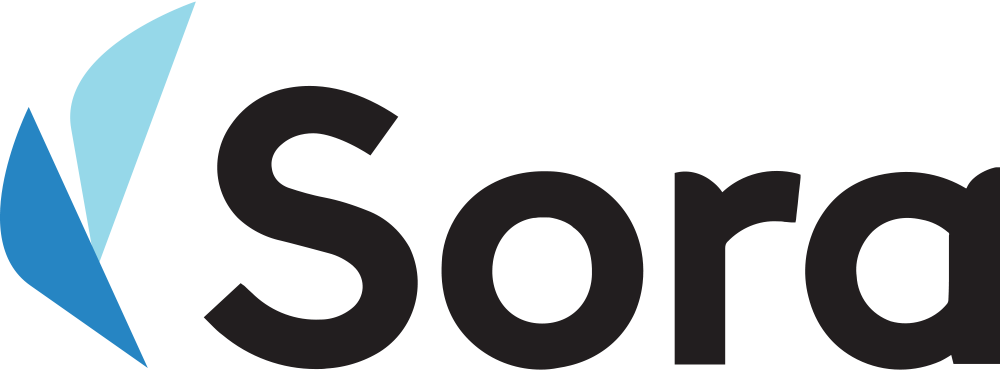5 steps to receive student loan forgiveness
The past few weeks have resulted in a large influx of information regarding student loan forgiveness. Here are 5 steps you should do when considering student loan forgiveness.
Check income eligibility: Single borrowers who earned less than $125k per year or married borrowers who earned less than $250k in household income per year are eligible for forgiveness. Income eligibility is based on adjusted gross income from 2021 or 2020 tax returns, regardless of income at time of announcement.
Verify loan eligibility: Undergraduate, graduate, spousal, Parent PLUS and graduate PLUS federal loans from on or before June 30, 2022 qualify for forgiveness.
Check if an application is needed: If the government currently has income information from the borrower submitted through FAFSA or an income-driven repayment plan, the borrower will receive relief automatically.
For those who do not have income submitted to the government, the borrower will need to submit an application with the DoE on their website. It is recommended that borrowers submitbefore Nov 15, 2022. Borrowers can expect relief in four to six weeks.
Gather records: In the meantime, if the borrower needs to submit an application, gather 2020 and 2021 tax returns.
Sign up for updates: Make sure to stay up to date with updates by signing up for notifications from the Department of Education under “NEW!! Federal Student Loan Borrower Updates”
Other special cases:
Federal Family Education Loans: If the borrower has federal family education loans, borrowers should consolidate them into direct federal loans to become eligible for relief. Borrowers will need to begin the process immediately to then apply for relief by November 15.
Public Service Loan Forgiveness: The borrower should look into Public Service Loan Forgiveness if the borrower has worked at certain non profits and public service sectors for 10 years or more. Applications are due on October 31.
Refund on payments made during pause: Since loan forgiveness is capped by outstanding loan balance, if the borrower made any payments that decreased their loan balance to below the refund they would receive, the borrower should contact the loan servicer for refunds on any payments made since the pause began on March 13, 2020. If refunds are made, the money is added back to the loan balance. At this point, the borrower should apply for forgiveness.
Defaulted on loans: If the borrower has defaulted on loans, it is unclear if the borrower will be eligible for student loan forgiveness. However, the “Fresh Start” program, announced in April, is intended to help these borrowers who have defaulted.
